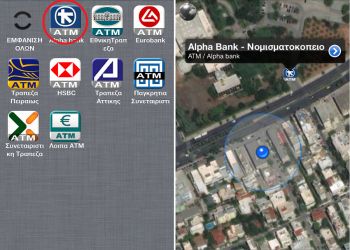Geodatabase Design



The correct geographic database design determines the success of each project, from the phase of logical model depiction to the technical implementation and the final result (performance) of the project. In this field, our company with accumulated know-how and scientifically trained staff takes into account both the traditional and fundamental tactics and the design model dictated by ESRI, the main GIS software provider used by Terra. Our company can help you design and implement your geographic database by providing consulting services or delivering a turn-key solution.
The methodology we usually follow always with your help, not ignoring the fact that each project requires special treatment, is generally the following:
- Geographic base design should reflect the activity of your organization. Recognize the IT products you have or wish to have, as well as your current processes, analytical models, your core competencies. Make a list of your data sources. The above will guide us in defining the needs of designing your geographic base
- As the geographic information is organized as a data modeling based on their geographic location, the next step in the design of the database is to identify the thematic data to be used, their content and their representation on the map with the appropriate symbolism according to the viewing scales. The classification of data as geographically thematic layers is one of the main organizational principles of the GIS
- Compose or decompile each thematic level into one or more geographic data sets. Vector data is modeled as points, lines, and polygons. It is also necessary to examine the cases of advanced data types such as topologies, networks and digital terrain models to determine the relationships between entities or geographic data for a geographical level or for the entire geographic dataset
- Geographic information (location) is accompanied by attribute information. In this step, it is designed the structure of the descriptive base and the rules governing the descriptive characteristics of the geographic data
- Rules definition of spatial data behavior, spatial relationships between them and integrity rules (e.g. on a road network at the intersection of two roads split the roads in segments)
- Taking this into consideration, at this stage Terra is ready to design your geographic base for you by following the best practices according to the ArcGIS data modeling
- Create workflows and user groups with specific privileges for each geographic layer
- Creating a prototype of the database for testing and review and finally documenting the database
Finally maintenance and backup considerations are taken into account.

